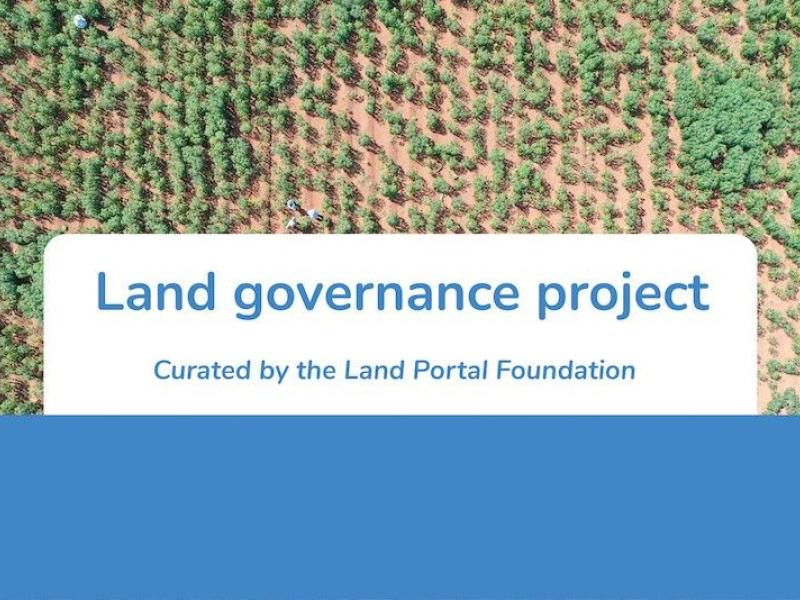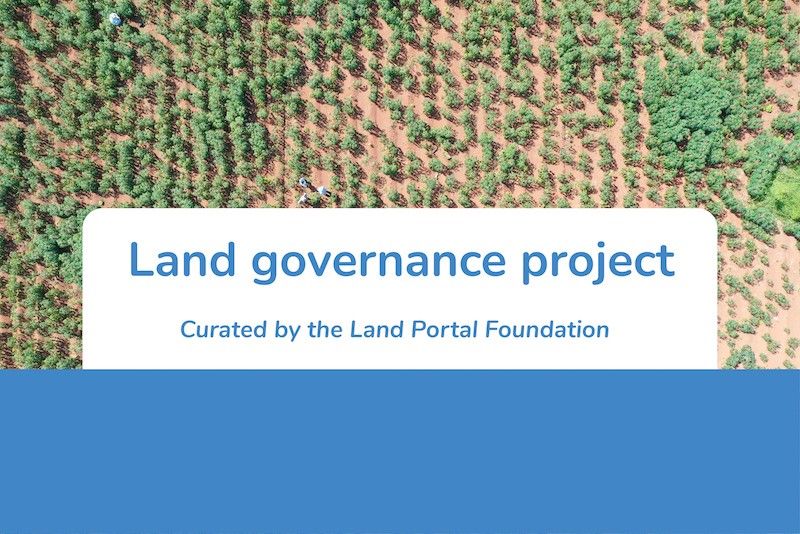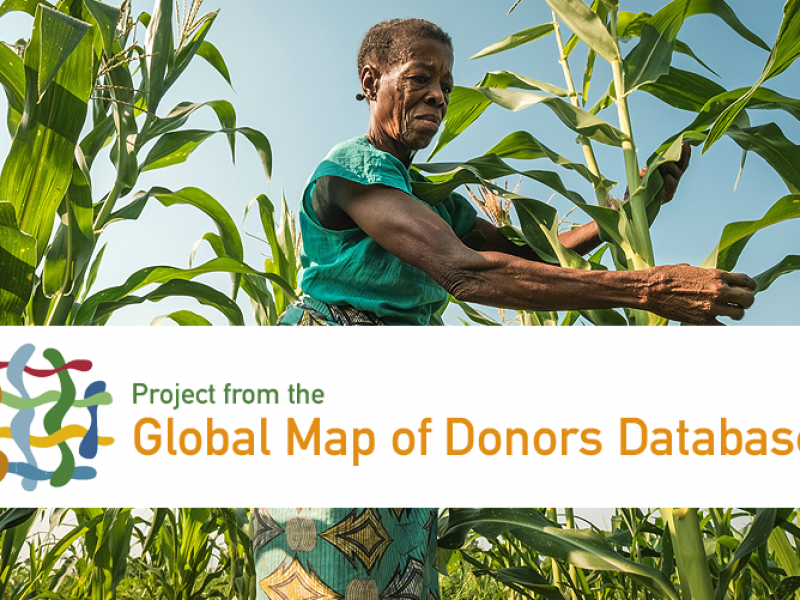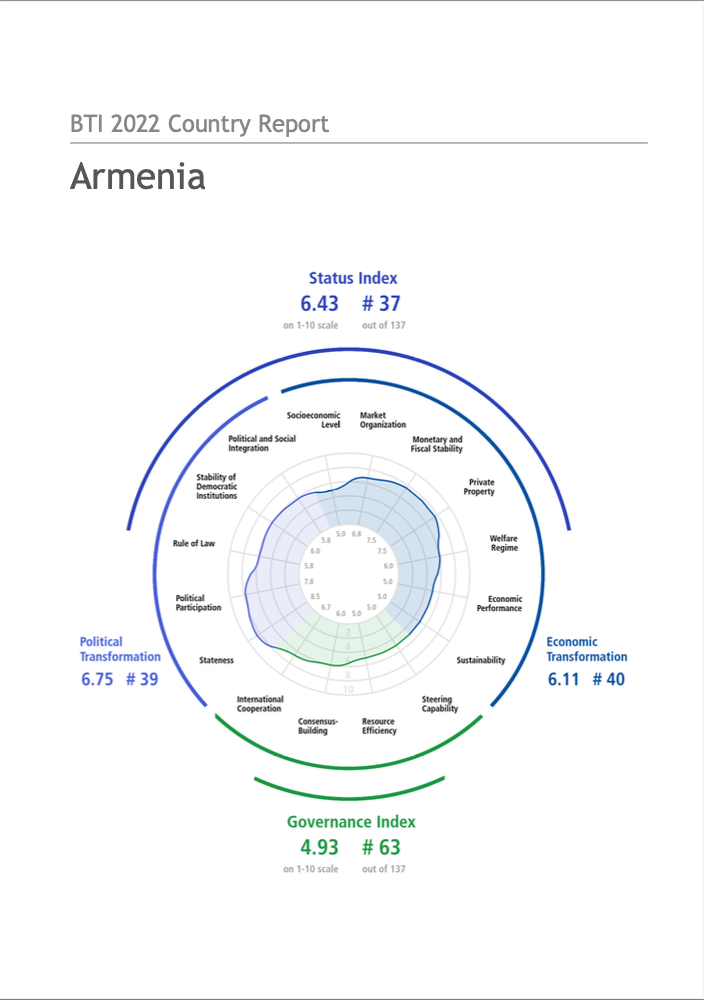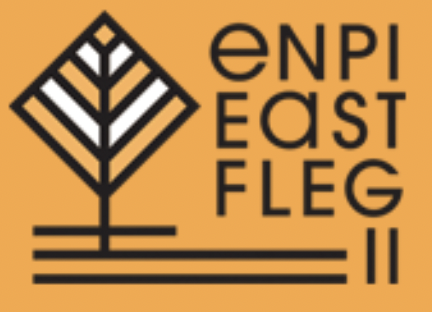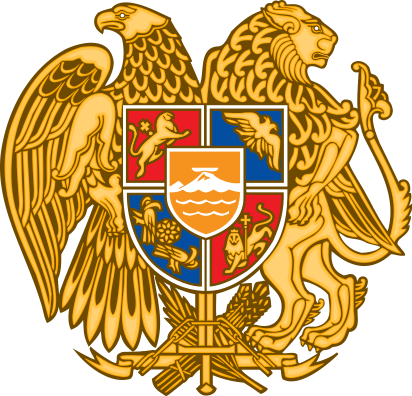After having its independence recognised in 1991 with the breaking up of the Soviet Union, land in Armenia was quickly privatised. Despite a significant movement of the population to the countryside, as the country initially suffered from a reduced industrial output, the urban population of Armenia remains around 63% of the national total, with more than half of this urban population living in the capital Yerevan. There is continued territorial conflict with Azerbaijan over competing claims for the Nagorno–Karabakh region.
Socio-economic indicators
browse all
Total population
2,790,970
Urban population
63.2 %
Land-related indicators
browse all
NewsBrowse all
22 February 2023
Main photo: The Lachin Corridor has been blocked since mid-December by Azerbaijani protesters claiming to be environmental activists and seemingly acting with official Azerbaijani support. (file photo)
The UN's top court has ordered Azerbaijan to allow free passage through the Lachin Corridor,…
31 December 2022
YEREVAN, Armenia (AP) — Hundreds of opposition supporters rallied in the Armenian capital on Wednesday, urging the government to act to unblock a vital road to the separatist region of Nagorno-Karabakh, after weeks of rising tension over Azerbaijani protests which choked off basic supplies to the…
25 November 2022
Azerbaijani military advances have created facts on the ground, as the two countries work on an agreement demarcating their shared border.
Main photo: A new sign marks the border between Armenia's Syunik province and Azerbaijan. (Joshua Kucera)
The word “borderization” is a relatively new one, but…
In the Soviet era, all land in Armenia was owned by the state. Agricultural land was set up into large cooperatives and state farms. Following the break-up of the Soviet Union, a speedy period of land reform took place from 1991-1993, privatizing land and providing it to citizens free of charge.




